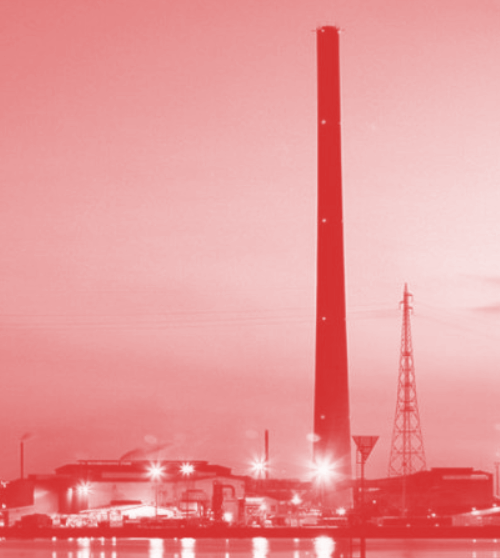Valve failure in Nyrstar spill
 Nyrstar has accepted responsibility for a toxic waste leak into Port Pirie waterways in 2019.
Nyrstar has accepted responsibility for a toxic waste leak into Port Pirie waterways in 2019.
The company that owns Port Pirie’s lead smelter has conceded that a series of failures led to 700 litres of sulphuric acid leaking from the plant into waterways and mangroves.
South Australia’s Environment, Resources and Development Court has been told that Nyrstar caused material environmental harm by polluting the environment through toxic waste leakage between January 31 and February 2, 2019. The extent of the harm is yet to be quantified.
EPA lawyer Paula Stirling told the court Nyrstar wrongly assumed that the leakage was only “weak acid”, and took no responsive action for about eight hours.
She said the leak increased the presence of heavy metals in the natural and manmade waterways.
“There are mangrove habitats in the tidal creeks and in the manmade channel; these are important habitats for fisheries - blue swimmer crabs, king fisher prawns and whiting - and in particular, mangroves perform an important nursery function for juvenile fish and sustainability of fisheries,” Ms Stirling told the court.
“Those toxic conditions caused environmental harm in the form of potential harm to organisms in those waters.”
Nyrstar was accused of failing to close certain valves on a large tank of sulphuric acid that led to the spillage. The acid allegedly corroded a valve on a system designed to safeguard against a leakage entering the waterway. The court was told that the wrong valve had been installed about a year earlier.
“So the wrong valve was installed at the time … and then was not picked up in the years since,” Ms Stirling said.
“That particular area of the plant had not been assessed as requiring planned maintenance so it did not undergo any routine inspections.
“The acid corroded through that valve and ended up in the sedimentation basin.”
Nyrstar's lawyer James Levinson told the court the company's spill prevention systems failed.
“The fact that the tap was left open so to speak was not in accordance with the procedure and was an error,” he said.
“But that was not the cause of this spill, really the direct cause of the spill was the wrong type of valve in the conveyance pipe: we know all of the systems to check it had failed, but why it was installed wrongly, we can't say.
“Even the maintenance system couldn't be a safety net … this wasn't a feature that was required for regular maintenance.”
Mr Levinson said Nyrstar has made improvements since the incident, including a substantial redevelopment of the system.
“This plant has been carefully designed … with all of these safety systems in mind,” he said.
“This is a case where there were not those systems in place.
“There certainly was the best of intentions and the respondent fully accepts that it operates on this site subject to it complying with the law.
“It has employees, it has a system, it has procedures in place to ensure it complies … but in this case, the breach occurred.”
Nyrstar faces a maximum fine of up to $120,000 for the 2019 breach. The matter returns to court in July.








 Print
Print